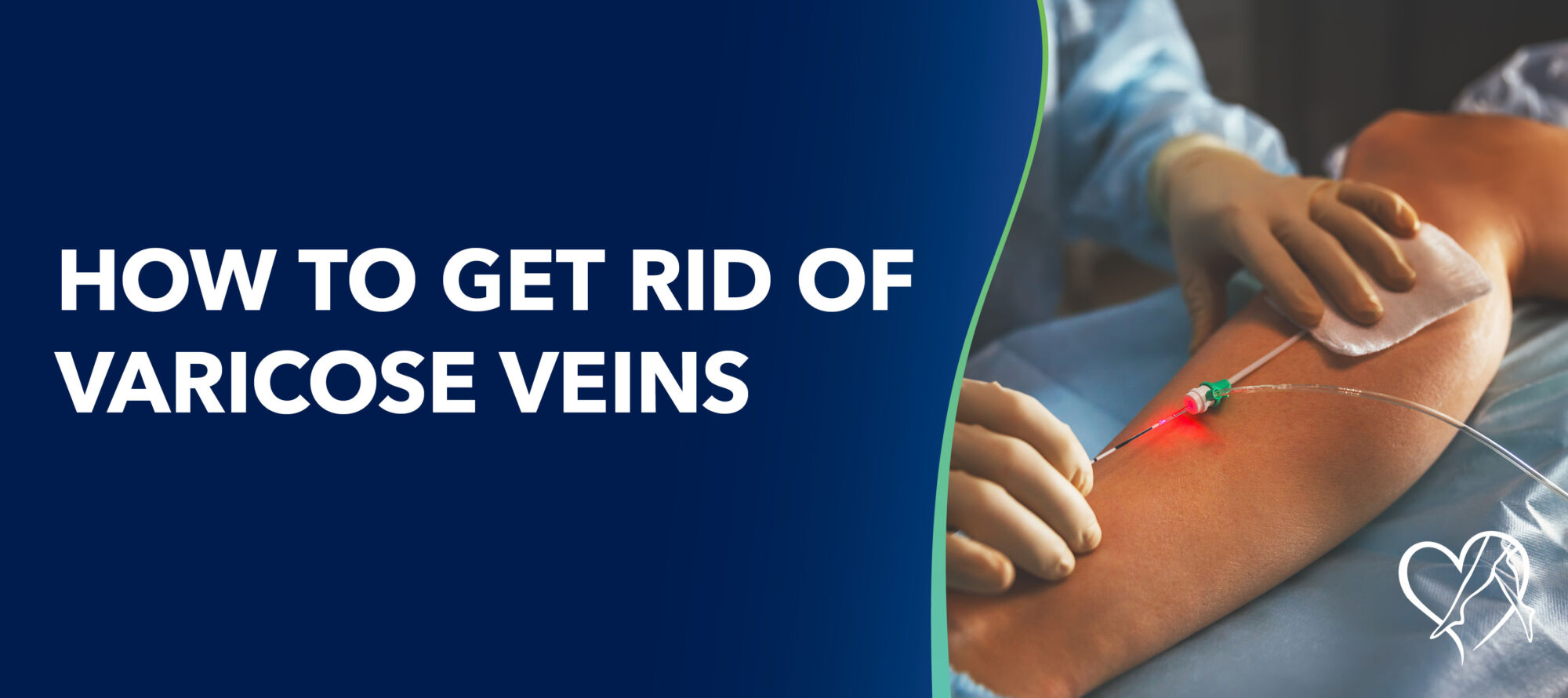

If you are suffering from vein disease, or are concerned you may develop venous insufficiency in the future, it’s important to understand the different contributing factors to vein disease and how you can help lower your risk.

Varicose veins, traditionally thought of as a condition plaguing women after pregnancy, can also affect even the most physically active individuals. Athletes that spend plenty of time on their feet place plenty of strain on the veins of the lower legs, which can lead to the development of those twisting, bulging ropes on the lower thighs and calves.
If you have spider veins located (telangiectasia) on your face, you might not like the way your skin looks. The red and blue lines that twist around the surface of the skin can create an abnormal complexion and make you self-conscious and lead you to mask your skin with cosmetics.

Spider veins can be unsightly, but the good news is there are many effective ways for eliminating these visible vein networks today. However, if the underlying cause of the spider veins is not addressed, you have a much higher risk for those veins to return. If you are ready to seek spider vein treatment, it is important to understand how you can get to the root of your spider vein problem to treat those unattractive veins once and for all.

You have probably heard that crossing your legs and wearing high heels will cause varicose veins, and you’ve wondered if that is a wives’ tale or truth. Some vascular surgeons looked at these two common habits and were surprised with what they found.

Vein ablation has emerged as one of the most effective and minimally disruptive treatments for varicose veins. As you may or

Vein disease is something that affects millions of Americans each year. By the age of 50, nearly 40 percent of women and 20 percent of men have developed significant vein disorders.

Over the past two decades, a huge number of vein reflux treatments have been researched and developed — but which